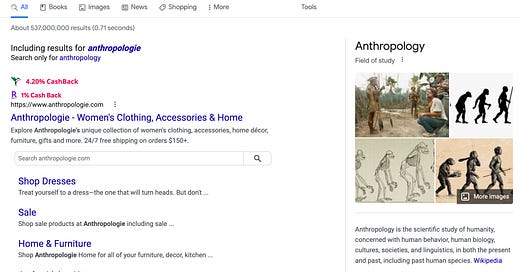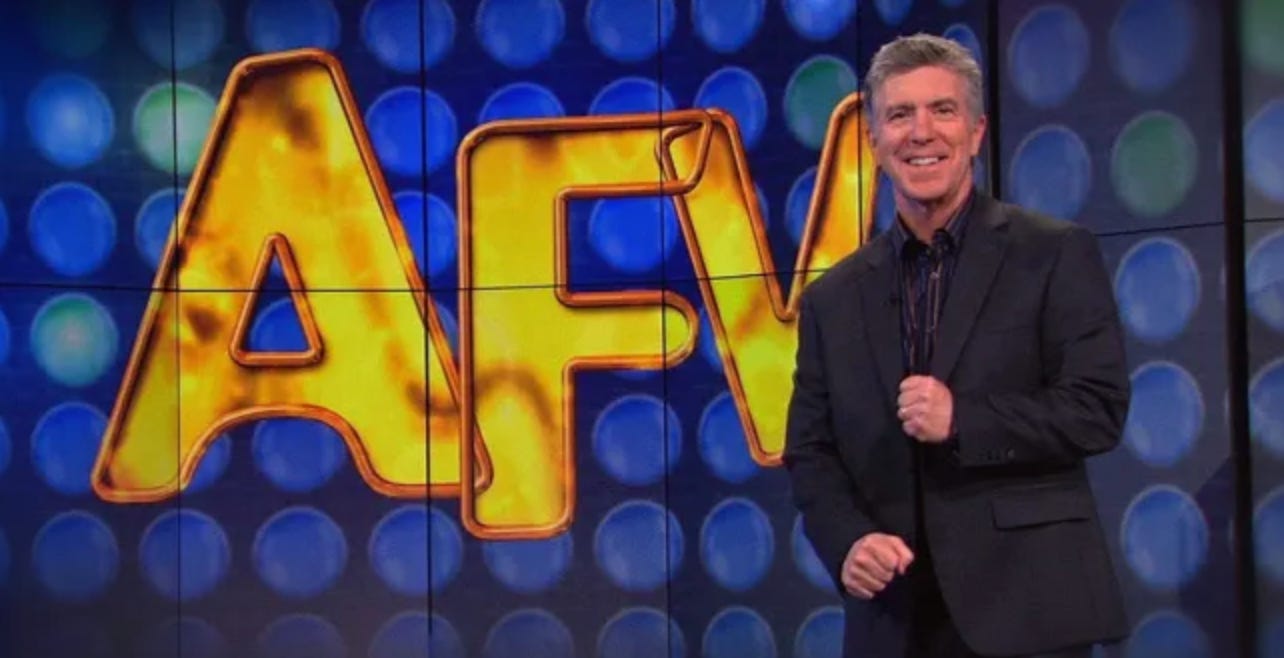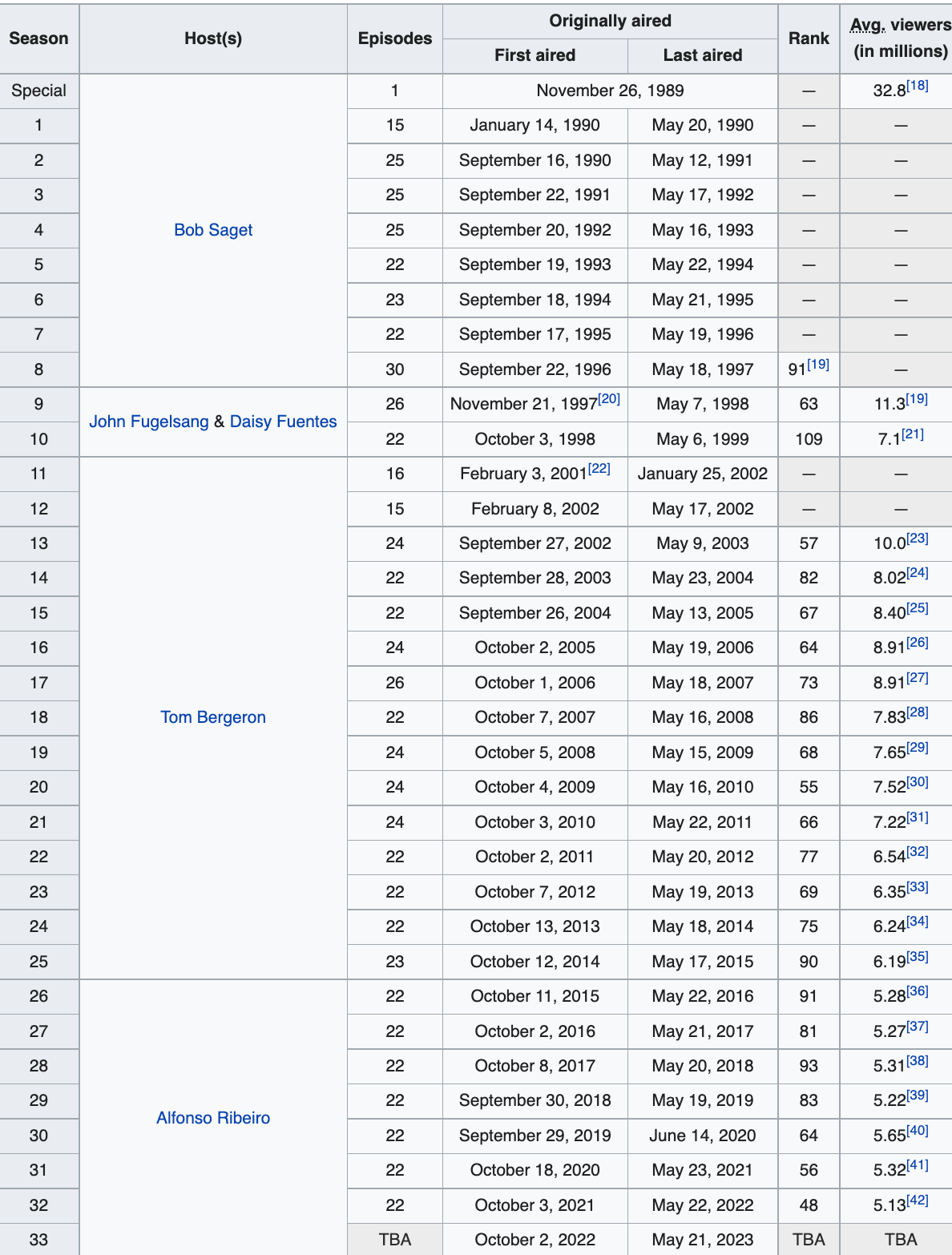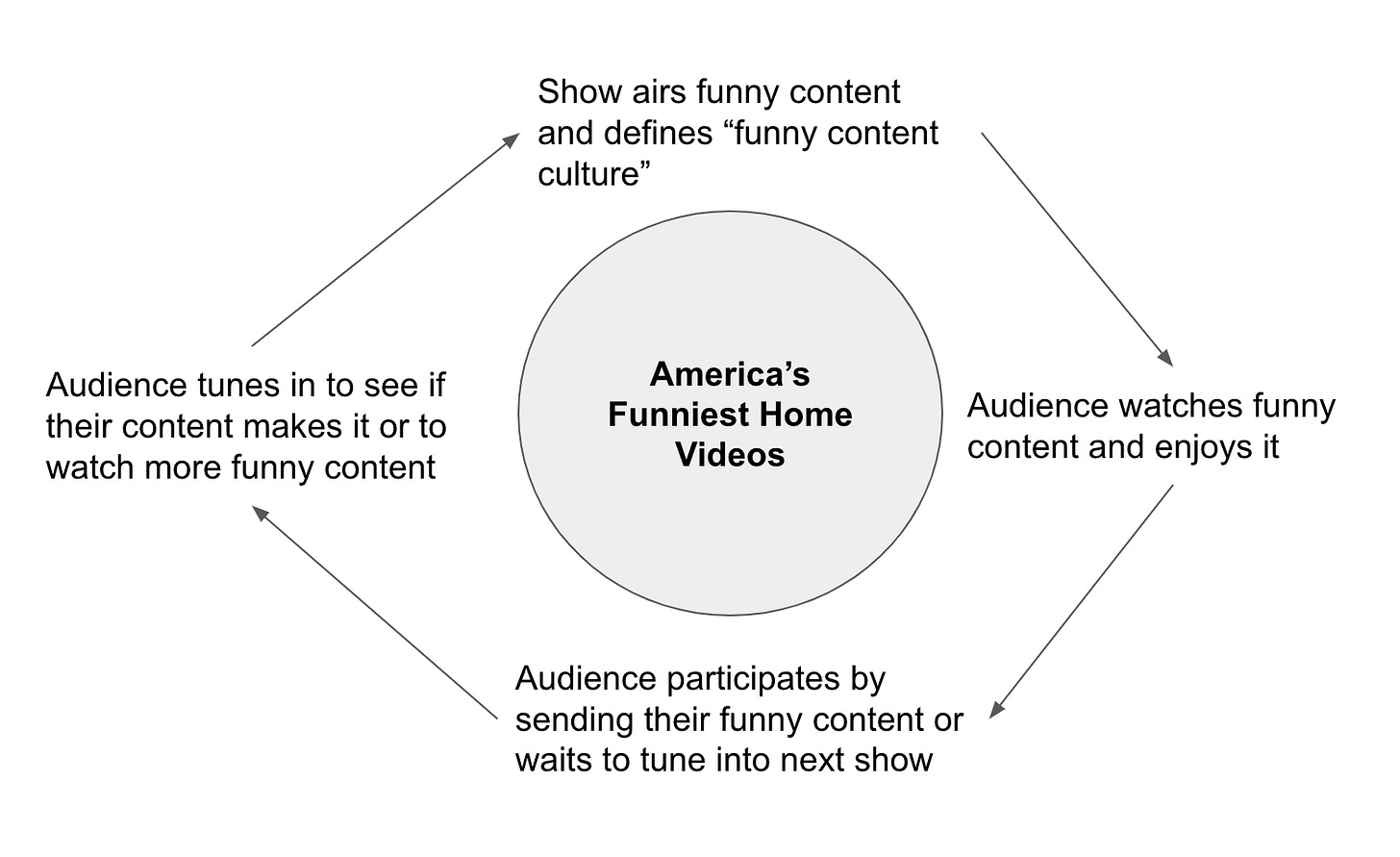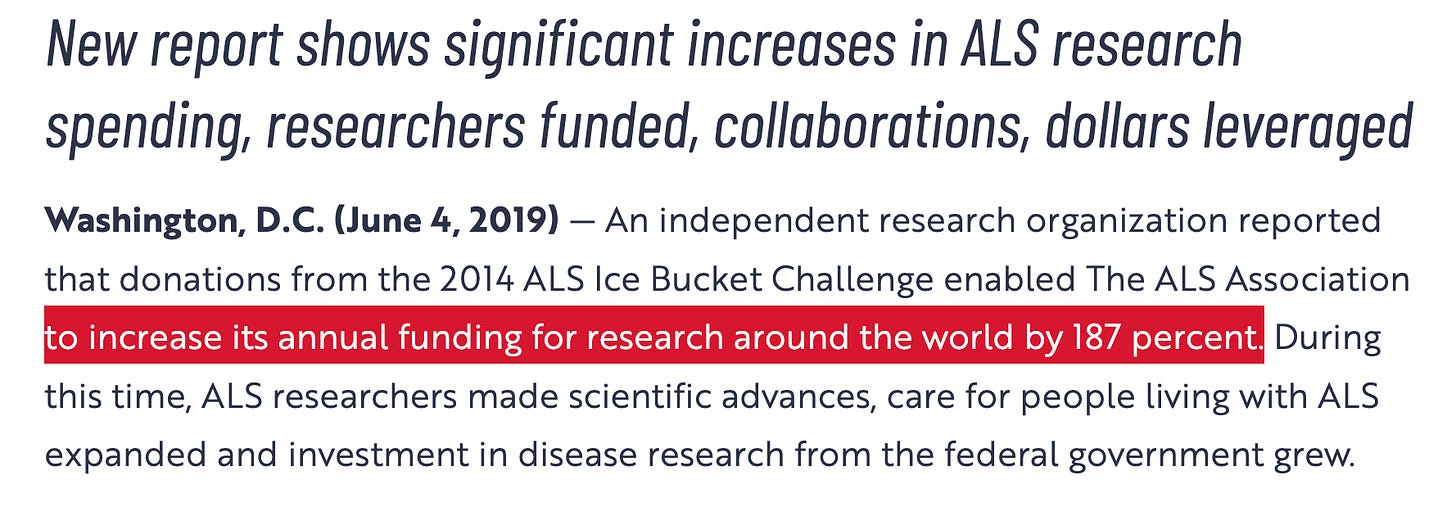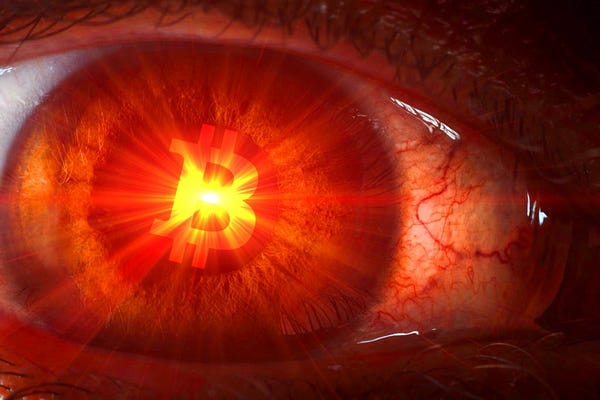So after I published my piece on Friday about information asymmetry, I figured the Cool Cats content would be worth a Twitter thread for the community.
I’m fueling speculation (definitely NFA/DYOR), but my gut tells me it won’t be an average Town Hall 😉
We’ll see what happens, I’ll likely follow up on Wednesday. Watch me be wrong 😭
Memes Overview
I’ve been pondering on this topic for a few weeks since it’s so broad. But it’s time I tackle it because I’ll never cover it to my satisfaction.
Whether we realize it or not, memes have infiltrated our daily lives, especially in the digital realm.
So consider this an TPan meme anthropology of sorts, but also an argument for why everyone should become more meme literate. And if you’re familiar with the world of memes, I hope this will help you understand how they work and why + how they are shaping culture today.
I’ve said this before and will say it again:
Just because it’s not for you doesn’t mean it won’t be the future.
That applies to a lot of things: Web3, NFTs…and memes 😏
On a separate note, I searched ‘anthropology’ to make sure I was using the term correctly, and this is what the Google results were.
Amazing lol. A retail brand has taken the top spot over a whole field of study that has spanned centuries 😂. I guess you can say they have a treaty since ‘Anthropology’ has the knowledge graph on the right-hand side.
Speaking of memes…if Anthropologie made a snarky tweet about the above situation, I’m convinced it would go viral. Their most engaged tweet only has 206 likes and 20 retweets. Pretty sad considering they have 477k Twitter followers.
The History of Memes
So what IS a meme?
From Merriam-Webster:
“an amusing or interesting item (such as a captioned picture or video) or genre of items that is spread widely online especially through social media”
“an idea, behavior, style, or usage that spreads from person to person within a culture”
From Encyclopedia Britannica (remember having like 47 physical volumes of those things? Wild times)
Inspired by Greek language for ‘imitation’, makes a lot of sense
Cultural parallel to biological genes, specifically selfish genes
Memes carry information, are replicated, and are transmitted
Capable of evolving and mutating
BTW, the study of genes is called genetics. The study of memes is called…yup, memetics lol.
Looking at the two definitions (MW is more literal while Britannica is more contextual), I see two overlapping themes, which confirms why I wanted to write about this in the first place:
Transmit something (information, idea, behavior, etc.)
Culture-specific
I have too many a few examples to share, but if we look at memes through this lens, our definition of what a meme really is and how they can be utilized expand significantly.
They’re not just for entertainment, but can start a movement, convey a message, or inspire the creation of more memes.
Examples of Memes
When we think about the evolution of memes over the past several decades, this tweet from Chris Dixon (a famous VC, especially in crypto circles) comes to mind:


What does this look like within the world of memes?
Web1
Access to memes were limited, access to distributing memes were limited
Examples of Web1 memes:
America’s Funniest Home Videos
I still remember watching this show Sunday nights and laughing while eating dinner (ya I was one of those kids, bad habit).
Viewership has dropped since its peak, but a lot of people still tune in.
Was AFV one of the bedrocks of Web1 meme culture? I think so.
Transmit something (information, idea, behavior, etc.) - In this case AFV was transmitting the idea of what behavior is considered funny
Culture-specific - Funny culture. Thinking back on my nights watching the show growing up, there was a lot of content around familial gatherings, pets, and children doing stupid things. Those categories still hold strong when it comes to meme and entertaining content.
Budweiser Wassup Ad
This legendary ad from 1999 was famous back in the day and was part of the bro culture of the times. Random people yelling ‘WASSSSSSUP’ to each other was the thing.
I was too young to know how big of a thing it was, but the fact that I still remember this means it probably did well.
Transmit something (information, idea, behavior, etc.) - In this example, Budweiser wasn’t only associating sports with drinking a Bud, but also the behavior of calling your buddies up and yelling WASSSSUP at each other. Stupid, but fun and effective as an inside joke.
Culture-specific - Sports and/or bro culture. You don’t have to be watching sports or drinking beer to imitate this behavior.
Comic Strips
The Far Side is a comic strip that has been around for decades and is still active today.
At its peak, over 1,900 daily newspapers published the comic.
Transmit something (information, idea, behavior, etc.) - Social commentary through humorous means.
Culture-specific - Spanned multiple sub-cultures (topics)
This piece came out in 2000, amazing how accurate it has become 🙃
Web2
Access to memes are vast, access to distributing memes are vast
This rise of social media platforms put meme culture on the map. The ability to find and distribute memes became democratized. Memes were for the people, but now they were also by the people.
On top of that, incentive structures on these platforms and the ability to create millions of communities encouraged memes to go on hyperdrive. Or you a vegan craft beer enthusiast? There’s community and collection of memes for you.
BTW if you’re ever confused about a meme, look it up on Know Your Meme, great resource.
Funny content was one of the categories that got more likes, comments, and shares, so specific accounts were created to focus and promote funny content broken into two primary categories:
AFV-style content: One-off funny situations, candid or rehearsed
Memes: Many examples to come
Every social platform has their own version of meme creation:
Twitter: Primarily text based or with a photo
Tiktok: Reactions, duets, dances
Youtube: Longform memes
Instagram: Screenshotting or taking clips of the above 😂 JK, but not really. There’s a reason why Instagram is copying Tiktok…
Examples of Web2 memes:
This was more wholesome and charitable version of those spam e-mail chains back in the day where you if you didn’t forward the e-mail to 10 people you would be cursed for life.
Participants had a bucket of ice water poured over them to raise awareness for ALS (a terrible disease and encourage more donations to support ALS research. Then the participant calls out 3 other people to participate in the challenge.
Many participated, ranging from everyday folks to celebrities. Here’s an example of Emma Stone participating.
The 2014 challenge wasn’t just a fun way for people to participate in a meme and get engagement on social media, it made a real impact.
Transmit something (information, idea, behavior, etc.) - Raising awareness for ALS
Culture-specific - Fundraising for medical research (eg: Relay for Life, but online and more entertaining)
This one’s fascinating because there’s multiple levels to this:
These are memes that make fun of Future, a popular rapper
Future pulled a ‘reverse uno’ move by using these memes as part of his set design while eager fans were waiting for him to perform. This kept the audience entertained while probably gaining more respect from the audience because he’s fine with making fun of himself
This seems to be in partnership with @Hoodville, a large social media account that posts hip hop culture related memes, it there might be some sort of marketing partnership behind the scenes
So what’s going on here?
Transmit something (information, idea, behavior, etc.) - Future is funny and cool. Promoting @Hoodville
Culture-specific - Hip hop culture
Another example of this is the Celebrities Read Mean Tweets series by Jimmy Kimmel, where celebrities literally read mean tweets about themselves out loud. The celebrity is the meme and become a meta-meme in this instance.
Brands
Many brands are getting into the meme game as younger consumers respond to this type of guerrilla advertising more effectively.
I called out Wingstop’s epic tweet a couple weeks ago
Wow, 530k likes and almost 100k retweets.
Other brands that have adapted to the world of memes and utilize them well
What are they doing here?
Transmit something (information, idea, behavior, etc.) - Brand is funny and cool. Sustained consumer awareness of the brand and product(s) via the Trojan Horse of memes
Culture-specific - Creating humorous and informative content specific to their consumers.
These sound like a stretch but I don’t think so. Here’s a recent tweet from McDonald’s.
What did this tweet do?
It created relatability around drive-thru culture and the drive-thru experience. And subconsciously…’EAT MCDONALDS’.
Web2 really highlights the Brittanica point of “They’re capable of evolving and mutating”. In the above examples we see various forms of this.
ALS Ice bucket challenge: Same scenario, different person
Future concert: You can swap the text or photos and they could be just as funny or applicable. Or you can do something similar with a different celebrity or artist (eg: Celebrities read mean tweets series)
Fast food tweet: Brands can follow a template to create similar and viral content. If Wendy’s tweet that McDonald’s tweet it would have similar engagement relative to their followership
In Web1, this couldn’t happen very effectively, because it was a one-way street. You watch AFV, you laugh, you might share it with a friend but it’s cumbersome.
In Web2, you tag or share the post. It’s a built-in feature. Sharing is encouraged.
TLDR: Memes are interoperable
One meme I’ve enjoyed recently is the bell curve meme. It makes fun of the fact that most people overcomplicate a lot of things. And as a result, the dumbest and smartest people come to the same conclusion, but from different POVs.
Here’s the template:
And here are various applications of the template:
With the visual context/setting, you understand the meme and joke. Even if you don’t understand the content within the meme, you have a directional understanding.
Like this one. I don’t find this particularly funny, maybe it’s for the math enthusiasts out there.
Regardless, I get the context and what the point of the meme is.
Web3
Access to memes are vast, access to distributing memes are vast, personal and/or communal investment in the meme to be successful?
If you think Web2 has is taking meme culture to hyperdrive, Web3 is one of the official ‘languages’ of the space. If you really want to understand the culture, you need to understand memes.
Here’s an example of a niche-specific meme I came across today.
Transmit something (information, idea, behavior, etc.) - Most NFT projects have little utility and are worthless.
Culture-specific - NFTs (and weed)
Laser Eyes
This movement within crypto typically signifies someone is a big proponent of crypto and sometimes a specific cryptocurrency.
Transmit something (information, idea, behavior, etc.) - “I support crypto”
Culture-specific - Crypto
This one’s interesting because this movement has gotten to a point that when influential individuals remove their eyes, it becomes the talk of town.
Anthony Pompliano, one of the biggest names in crypto, recently removed his laser eyes and had to respond with a written post about it.
Azuki
Last Friday, Azuki caught NFT Twitter’s attention. What happened?
Zagabond, the founder, tweeted the following:
As a result, the community responded and took the one-liner to a whole different level.
They added fuel to the fire by impersonating celebrities and historical figures while others pretended to be clueless.
Though that movement was short-lived, it was fun to watch as a non-holder. I imagine the ‘NGL’ line will be a nod to this moment in the brand’s history and community members that were there during those times would chuckle.
Transmit something (information, idea, behavior, etc.) - Azuki has a strong community
Culture-specific - Azuki, NFTs
So what do we do about these memes?
I’m convinced memes are a vital part of Web3 culture, at least in these early innings. I’m also convinced that memes (regardless of which Web) will continue to have an increasing cultural and societal impact.
So if you’re not familiar with memes or meme culture, this is what I would consider:
Understand how memes work
Use the Transmission x Culture framework from the examples above.
What is being transmitted with the meme? Information, idea, behavior, etc.
Who is audience of the meme? Which culture or subculture?
Work with those that understand memes?
You shouldn’t reject a candidate if they don’t understand meme culture, but it sure helps to have people who are fluent in the dialect.
Especially relevant for marketing
Understand memes from a behavioral and technological level
It’s likely that memes will continue to evolve as generational preferences evolve.
Consumers are or are becoming more digitally native. What are the next mediums in which memes will appear?
What is funny today may not be funny tomorrow. The preferred mediums of meme creation and distribution may not be the same mediums tomorrow.
In Web3, memes have been turned into NFTs and vice versa. Charlie Bit My Finger was sold for $760,999 and Nyan Cat was sold for $590,000 (during peak NFT mania, congrats to the creators!).
Is there more to memes than NFTs for historical purposes and IP rights? I think so, but haven’t seen anything interesting yet.
See you tomorrow. I think I already hit my meme quota for the week 🫡

